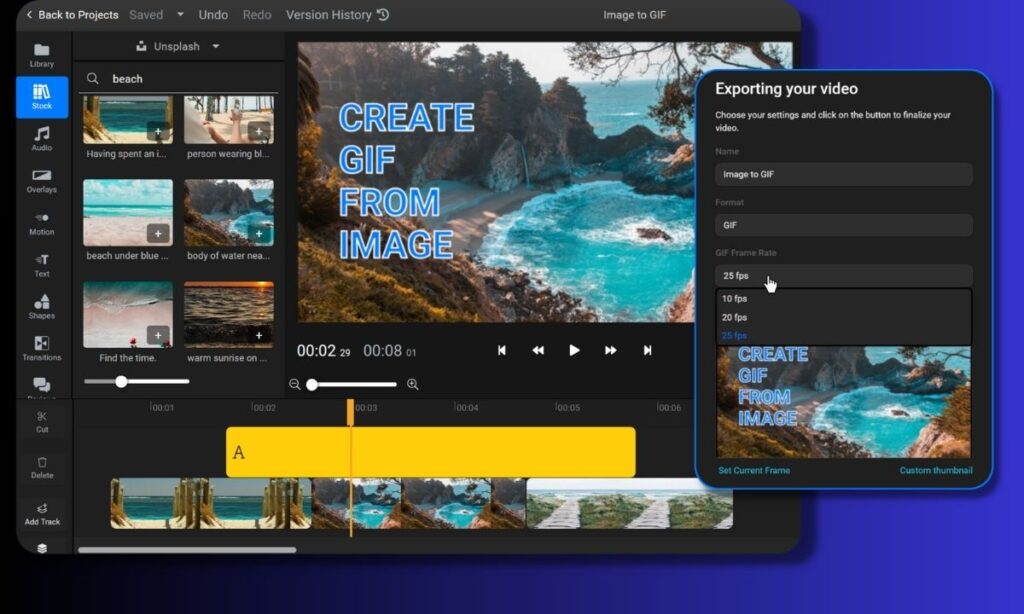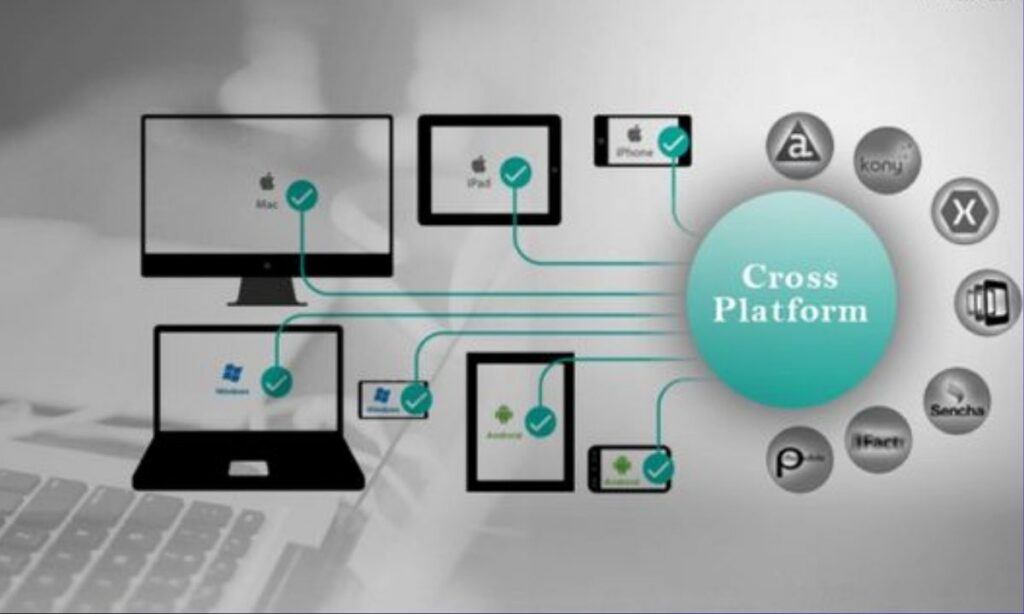Converting multi-frame TIFF to GIF in cross-platform .NET environments involves a specialized process of transforming high-quality TIFF images into web-friendly animated GIFs while maintaining compatibility across different operating systems.
The implementation requires careful handling of frame management, utilizing powerful libraries like ImageSharp and TiffLibrary to ensure proper conversion of each frame while preserving image quality and animation timing.
Through efficient optimization techniques and proper error handling, developers can create robust solutions that work seamlessly across Windows, Linux, and macOS platforms, making it ideal for modern web applications and cloud-based services.
What Are TIFF and GIF?
TIFF (Tagged Image File Format) is a high-quality image format designed for professional use, supporting multiple frames and maintaining superior image fidelity ideal for archival purposes and detailed documentation.
GIF (Graphics Interchange Format), on the other hand, is a widely-used web format optimized for simple animations and compressed images, limited to 256 colors but offering excellent compatibility across all web browsers and platforms.
TIFF (Tagged Image File Format)
TIFF stands as a high-quality image format primarily used in professional settings. It excels in storing detailed image data and supports multi-frame capabilities, making it ideal for complex document storage and professional imaging needs.
The format’s ability to maintain image fidelity makes it particularly valuable for archival purposes.
GIF (Graphics Interchange Format)
GIF represents a more primitive yet widely compatible format for web usage. Its rendering capabilities focus on simple animations and compressed image sequences.
The format’s widespread adoption makes it essential for web-based content delivery and cross-browser compatibility.
The Need for Converting Multi-Frame TIFF to GIF in Cross-Platform .NET Environments
The migration from TIFF to GIF becomes crucial in modern cloud-based environments. Organizations transitioning from legacy systems to modern microservices architecture require robust image processing solutions.

The adaptation of image formats ensures seamless content delivery across various platforms and devices.
Challenges in Converting Multi-Frame TIFF to GIF
The primary challenges in converting multi-frame TIFF to GIF lie in maintaining cross-platform compatibility while managing complex frame dimensions and color depth transitions between the two formats.
READ THIS BLOG: Exploring Fred Meyer in Australia: A Guide by Recifest
Platform-specific limitations and memory constraints pose additional hurdles, particularly when processing large TIFF files with multiple frames, requiring careful optimization strategies and robust error handling mechanisms to ensure successful conversion across different operating systems.
Platform Compatibility
Cross-platform development presents unique challenges in maintaining consistent image processing capabilities.
The interpretation of image data must remain uniform across different operating systems and environments. Developers must ensure their solutions work effectively across Windows, Linux, and macOS platforms.
Managing Multi-Frame TIFFs
The processing of multi-frame TIFF files requires sophisticated handling mechanisms. Each frame must undergo careful optimization while maintaining image quality.
The deployment of effective frame management strategies ensures successful conversion outcomes.
Uniform Frame Dimensions
Maintaining uniformity in frame dimensions presents a significant technical challenge. The implementation of proper sizing algorithms ensures consistent output quality. Frame dimension standardization plays a crucial role in successful GIF creation.
Tools and Libraries for Converting Multi-Frame TIFF to GIF
Essential tools for converting multi-frame TIFF to GIF in cross-platform .NET environments include ImageSharp for general image processing, TiffLibrary for specialized TIFF handling.

Magick.NET for advanced image manipulation features, and SkiaSharp for cross-platform graphics rendering capabilities – each offering unique strengths in handling frame processing, color management, and optimization across different operating systems.
ImageSharp
ImageSharp provides robust image processing capabilities for modern .NET applications. Its comprehensive feature set supports various image manipulation tasks. The library excels in handling complex conversion processes while maintaining performance.
TiffLibrary
TiffLibrary specializes in TIFF format handling and manipulation. Its focused approach provides precise control over TIFF processing operations. The library integrates well with other .NET imaging components.
Magick.NET (ImageMagick)
Magick.NET offers powerful image processing features through its comprehensive API. Its advanced capabilities support complex image transformations and optimizations. The library handles both input and output formats efficiently.
SkiaSharp
SkiaSharp provides essential graphics processing capabilities for cross-platform applications. Its performance-oriented design supports rapid image processing operations. The library maintains compatibility across various .NET environments.
Steps to Convert Multi-Frame TIFF to GIF in Cross-Platform .NET Environments
The conversion process from multi-frame TIFF to GIF in cross-platform .NET environments follows a streamlined workflow of decoding the TIFF file, processing individual frames with consistent dimensions and color management.

And assembling them into an optimized GIF while ensuring cross-platform compatibility through specialized libraries like ImageSharp and TiffLibrary.
Required Setup:
- Install necessary NuGet packages: TiffLibrary and SixLabors.ImageSharp
- Import required namespaces for image processing
- Ensure cross-platform compatibility settings in project file
TIFF File Processing:
- Load the TIFF file into memory using byte array
- Create MemoryStream for efficient data handling
- Initialize TiffFileReader for frame extraction
Frame Management:
- Read the first image file directory offset
- Create image decoder for each frame
- Store frames in a collection for processing
- Maintain frame dimensions consistency
Frequently Asked Questions
What is the optimal frame rate for converted GIFs?
The recommended frame rate typically ranges between 10-30 frames per second, depending on the intended use case.
How can I maintain image quality during conversion?
Implement proper color mapping and dithering techniques while managing file size constraints.
What file size limitations should I consider?
Keep GIF files under 5MB for optimal web performance while balancing quality requirements.
Can I preserve transparency in converted GIFs?
Yes, through proper alpha channel handling during the conversion process.
How do I handle color palette optimization?
Use adaptive palette generation while considering the 256-color GIF limitation.
Conclusion
The successful conversion of multi-frame TIFF files to GIF format in cross-platform .NET environments requires careful consideration of multiple technical aspects.
Through proper implementation of available tools and best practices, developers can achieve optimal results while maintaining image quality and performance.
The continued evolution of image processing technologies will further enhance these capabilities, providing even more robust solutions for modern web applications.

smith is a seasoned SEO expert with a passion for content writing, keyword research, and web development. He combines technical expertise with creative strategies to deliver exceptional digital solutions.
















